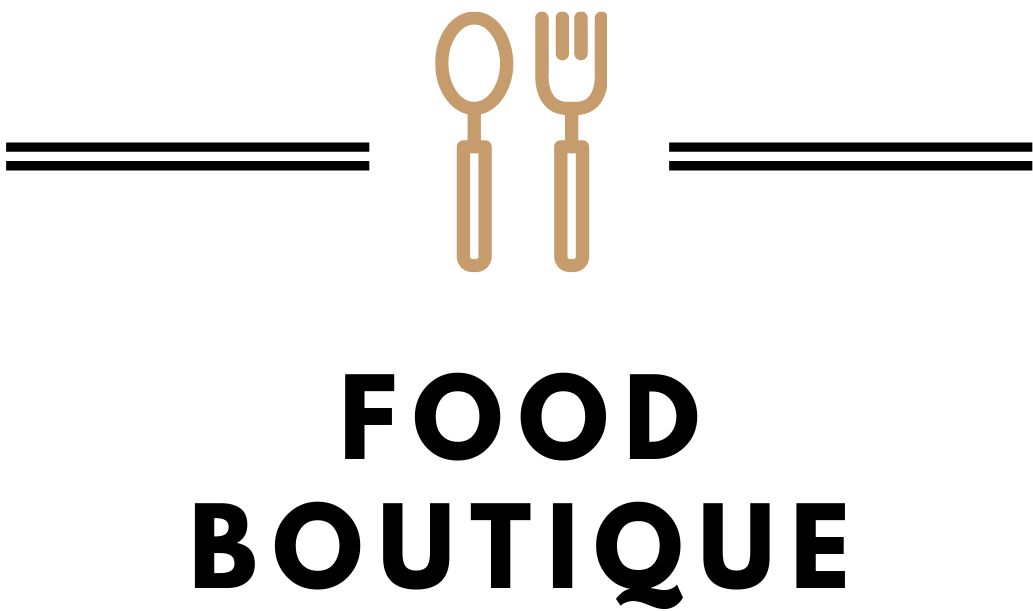When it comes to food storage, the debate between glass and plastic containers is ongoing. Many households are shifting towards glass storage containers for their durability, safety, and sustainability. But are glass storage containers really better for storing food? Let’s explore the pros, cons, and best practices to determine if glass containers are the right choice for your kitchen.
Why Choose Glass for Food Storage?
Glass containers are gaining popularity for their functionality and environmental benefits. Here are the top reasons why glass is often preferred:
1. Safety and Non-Toxicity
- No Harmful Chemicals: Glass doesn’t contain potentially harmful chemicals like BPA, BPS, or phthalates, which are commonly found in some plastic containers. These chemicals can leach into food, especially when exposed to heat.
- Non-Reactive: Glass is non-porous and non-reactive, meaning it won’t absorb food odors, flavors, or stains. This makes it ideal for acidic or oily foods like tomato sauce or vinaigrettes.
2. Temperature Resistance
- Glass Storage containers can withstand extreme temperatures, making them versatile for storing, freezing, reheating, and even baking food. Many glass containers are oven-safe up to a specific temperature, usually around 400–500°F.
- Unlike some plastics, glass doesn’t warp or degrade in the microwave or dishwasher.
3. Sustainability
- Eco-Friendly: Glass is recyclable and can be reused indefinitely without degrading in quality, reducing waste compared to plastic.
- Long Lifespan: Glass containers are durable and less likely to be replaced frequently, making them a more sustainable option over time.
4. Better Food Preservation
- Glass offers an airtight seal when paired with a quality lid, keeping food fresher for longer.
- The transparency of glass allows you to easily see what’s inside, reducing food waste by reminding you to consume stored items.
Drawbacks of Glass Containers
While glass has many benefits, there are some drawbacks to consider:
1. Fragility
- Glass is prone to breaking if dropped, which can pose a safety hazard. However, many modern glass containers are made with tempered or borosilicate glass, which is more resistant to breaking.
2. Weight
- Glass containers are heavier than their plastic counterparts, which can make them less convenient for on-the-go meals or for stacking in the refrigerator.
3. Cost
- Glass containers typically have a higher upfront cost than plastic ones. However, their durability and long lifespan often make them a better investment over time.
Comparing Glass and Plastic Containers
| Feature | Glass Containers | Plastic Containers |
|---|---|---|
| Durability | Long-lasting but breakable | Lightweight but may warp, degrade, or crack over time |
| Safety | Non-toxic, no chemical leaching | Potential for chemical leaching, especially with heat |
| Temperature Use | Oven, microwave, freezer, and dishwasher-safe | Limited heat resistance, not all are microwave or dishwasher-safe |
| Environmental Impact | Recyclable and sustainable | Often single-use, not always recyclable |
| Food Preservation | Airtight and non-reactive | May retain food odors and stains |
| Cost | Higher upfront cost | Lower initial cost but may require frequent replacements |
Best Practices for Using Glass Containers
If you’re considering switching to glass containers, here are some tips to maximize their benefits:
1. Choose High-Quality Glass
- Look for containers made from borosilicate or tempered glass, as they’re more resistant to thermal shock and breakage.
- Ensure the lids are made from BPA-free plastic, silicone, or other food-safe materials.
2. Handle with Care
- While glass containers are durable, they can still break. Use caution when handling them, especially when they’re wet or slippery.
- Store them in lower cabinets to reduce the risk of accidents.
3. Avoid Sudden Temperature Changes
- Glass can crack if exposed to sudden temperature shifts. Let containers come to room temperature before transferring from the freezer to the oven or microwave.
4. Use Proper Lids for Storage
- Ensure lids are tightly sealed to keep food fresh. Some glass containers come with snap-on or locking lids that provide an airtight seal.
5. Stack Carefully
- To save space, stack glass containers with care. Place the heaviest items at the bottom and lighter ones on top.
When Are Plastic Containers a Better Option?
While glass containers are excellent for many uses, there are scenarios where plastic might be more practical:
- Travel and Outdoor Activities: Lightweight and shatterproof, plastic is easier to carry and less risky for outdoor use.
- Short-Term Storage: If you’re storing dry goods or items that don’t need airtight sealing, plastic can suffice.
Are Glass Containers Right for You?
Glass storage containers are a superior choice for many households, especially if you prioritize health, sustainability, and durability. They’re ideal for reheating, meal prep, and long-term storage. However, if portability or cost is a concern, you might choose to keep a mix of glass and plastic containers to suit different needs.
Final Verdict
In most cases, glass containers are better for food storage due to their safety, durability, and environmental benefits. While they may require a higher initial investment and careful handling, their long-term value and versatility make them a worthwhile addition to any kitchen. For those ready to prioritize sustainability and quality, glass containers are the way to go.
